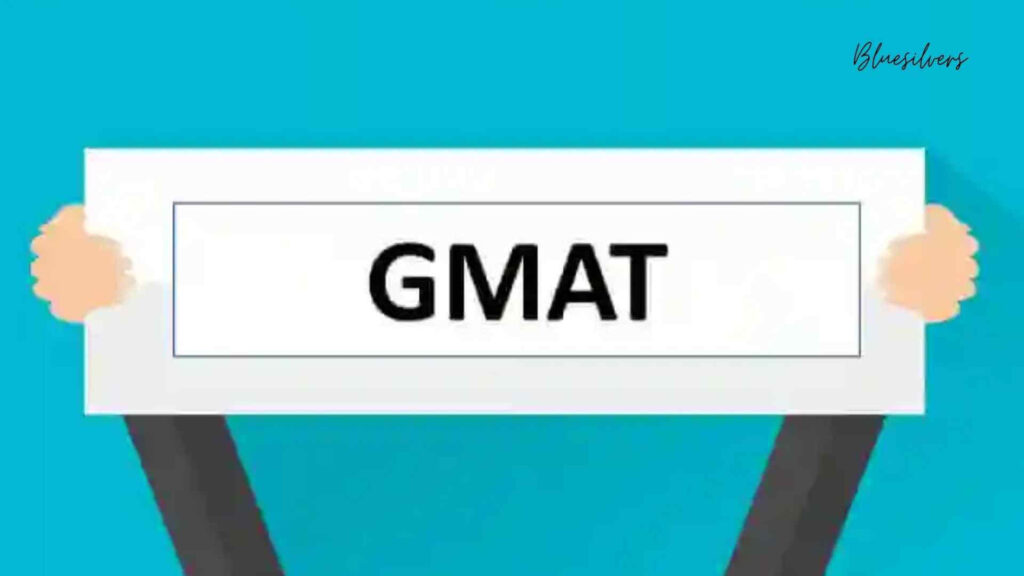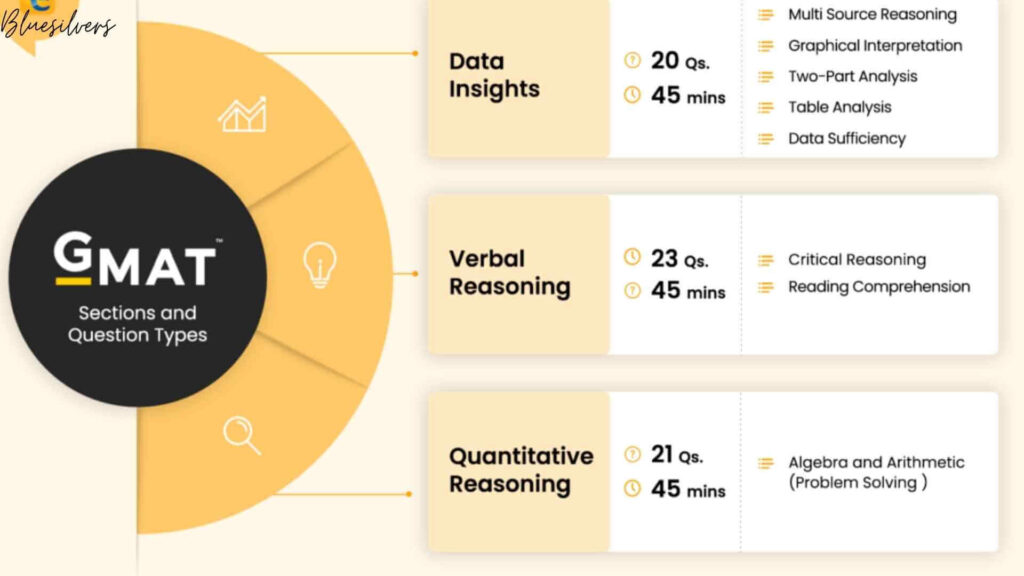Blast The GMAT Critical Reasoning Questions
The Critical Reasoning (CR) section of the GMAT evaluates your ability to analyze arguments, identify assumptions, and assess the strength of reasoning. To excel in this section, it’s essential to understand common question types and develop effective strategies for each. Below, we’ll explore five sample CR questions, providing detailed explanations to enhance your understanding and approach.
Table of Contents
Question 1: Identifying Assumptions

Argument:
A new machine for harvesting corn allows rows to be planted only fifteen inches apart, instead of the usual thirty inches. Corn planted this closely will produce lower yields per plant. Nevertheless, the new machine will allow corn growers to double their profits per acre because ________.
Which of the following most logically completes the argument?
A. With the closer spacing of the rows, the growing corn plants will quickly form a dense canopy of leaves, which will, by shading the ground, minimize the need for costly weed control and irrigation.
B. With the closer spacing of the rows, corn plants will be forced to grow taller because of increased competition for sunlight from neighboring corn plants.
C. With the larger number of plants growing per acre, more fertilizer will be required.
D. With the spacing between rows cut by half, the number of plants grown per acre will almost double.
E. With the closer spacing of the rows, the acreage on which corn is planted will be utilized much more intensively than it was before, requiring more frequent fallow years in which corn fields are left unplanted.
Explanation:
The argument concludes that despite lower yields per plant, profits per acre will double. This suggests that factors other than individual plant yield contribute to increased profitability.
- Option A: By reducing the need for costly weed control and irrigation, overall expenses decrease, potentially doubling profits. This option directly supports the conclusion.
- Option D: While planting more plants per acre could increase total yield, the argument states that individual yields decrease with closer planting. Therefore, this option doesn’t fully explain the doubling of profits.
Thus, the correct answer is A.
Question 2: Strengthening the Argument

Argument:
Krenland’s steelmakers are losing domestic sales because of lower-priced imports, often due to foreign government subsidies that violate international treaties. This trend threatens jobs in Krenland’s steel industry. Therefore, it would protect both steel companies and industrial employment in Krenland if our government took measures to reduce cheap steel imports.
Which of the following, if true, most strengthens the argument?
A. Krenland’s government has a history of implementing trade policies to protect domestic industries.
B. Foreign subsidies have led to a significant decrease in the cost of steel production abroad.
C. Reducing imports would likely lead to higher steel prices in Krenland.
D. Domestic steelmakers in Krenland have the capacity to meet the nation’s steel demand.
E. International treaties provide mechanisms for addressing unfair trade practices.
Explanation:
The argument suggests that reducing imports will protect domestic steel companies and jobs. For this to be effective, domestic producers must be able to supply the necessary steel.
- Option D: If Krenland’s steelmakers can meet domestic demand, reducing imports would support local industry and employment, strengthening the argument.
- Option C: While higher steel prices might benefit producers, they could harm consumers and other industries, introducing potential negative consequences.
Therefore, the correct answer is D.
Question 3: Weakening the Argument

Argument:
A survey revealed that two-fifths of job applicants admitted to being at least a little dishonest. However, the survey may underestimate the proportion of dishonest applicants because ________.
Which of the following best completes the passage?
A. Some dishonest people taking the survey might have claimed to be honest.
B. Some generally honest people taking the survey might have claimed to be dishonest.
C. Some people who claimed to be at least a little dishonest may be very dishonest.
D. Some people who claimed to be dishonest may have been answering honestly.
E. Some people who are not job applicants are probably at least a little dishonest.
Explanation:
The concern is that the survey underestimates dishonesty among applicants. This would occur if dishonest individuals falsely reported being honest.
- Option A: If dishonest respondents claimed honesty, the true proportion of dishonesty is higher than reported, directly weakening the survey’s accuracy.
- Option B: If honest individuals claimed dishonesty, it would overestimate, not underestimate, dishonesty.
Thus, the correct answer is A.
Question 4: Drawing Inferences
Argument:
In a study, participants who slept less than five hours a night performed worse on cognitive tests than those who slept seven hours. Therefore, increasing sleep to seven hours per night will enhance cognitive performance.
Which of the following can be inferred from the argument above?
A. Most people need at least seven hours of sleep for optimal cognitive function.
B. Sleep duration is directly proportional to cognitive performance.
C. Lack of sleep can impair cognitive performance.
D. Sleeping more than seven hours will further enhance cognitive performance.
E. Individual sleep needs vary significantly.
Explanation:
The argument indicates that less sleep correlates with poorer cognitive performance, suggesting that insufficient sleep can be detrimental.
- Option C: This directly aligns with the argument’s findings, making it a valid inference.
Exercise (
Blast The GMAT Critical Reasoning Questions)
Argument:
Astronomer: Most stars are born in groups of thousands, each star in a group forming from the
same parent cloud of gas. Each cloud has a unique, homogeneous chemical composition. Therefore,
whenever two stars have the same chemical composition as each other, they must have originated
from the same cloud of gas.
Which of the following, if true, would most strengthen the astronomer’s argument?
A. In some groups of stars, not every star originated from the same parent cloud of gas.
B. Clouds of gas of similar or identical chemical composition may be remote from each other.
C. Whenever a star forms, it inherits the chemical composition of its parent cloud of gas.
D. Many stars in vastly different parts of the universe are quite similar in their chemical
compositions.
E. Astronomers can at least sometimes precisely determine whether a star has the same chemical
composition as its parent cloud of gas.
Solution:
The astronomer’s argument posits that if two stars share the same chemical composition, they must have originated from the same parent cloud of gas. To strengthen this argument, we need to find an option that reinforces the link between a star’s chemical composition and its parent cloud. Let’s evaluate each choice:
Option A: “In some groups of stars, not every star originated from the same parent cloud of gas.”
This suggests variability in star origins within groups, which could weaken the argument by implying that stars with the same composition might not share the same origin. Therefore, it doesn’t strengthen the argument.
Option B: “Clouds of gas of similar or identical chemical composition may be remote from each other.”
This indicates that similar compositions can exist in distant clouds, suggesting that stars with the same composition might not originate from the same cloud. This weakens the argument.
Option C: “Whenever a star forms, it inherits the chemical composition of its parent cloud of gas.”
This directly supports the argument by establishing that a star’s chemical composition is a direct reflection of its parent cloud, reinforcing the link between shared compositions and common origins.
Option D: “Many stars in vastly different parts of the universe are quite similar in their chemical compositions.”
This suggests that similar compositions can occur in stars from different regions, undermining the argument that shared composition indicates a common origin.
Option E: “Astronomers can at least sometimes precisely determine whether a star has the same chemical composition as its parent cloud of gas.”
This speaks to the measurement capabilities of astronomers but doesn’t directly address the relationship between stars’ compositions and their origins.
Therefore, the correct answer is C, as it directly strengthens the astronomer’s argument by confirming that a star’s chemical composition mirrors that of its parent cloud.
We have more critical reasoning questions for you. To blast the GMAT critical reasoning questions, check here
For more about ‘how to get 700+ in the GMAT exam, please click here





